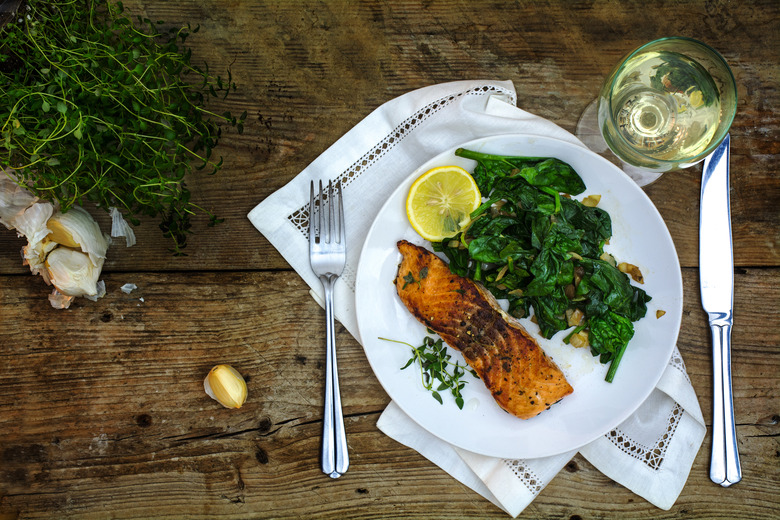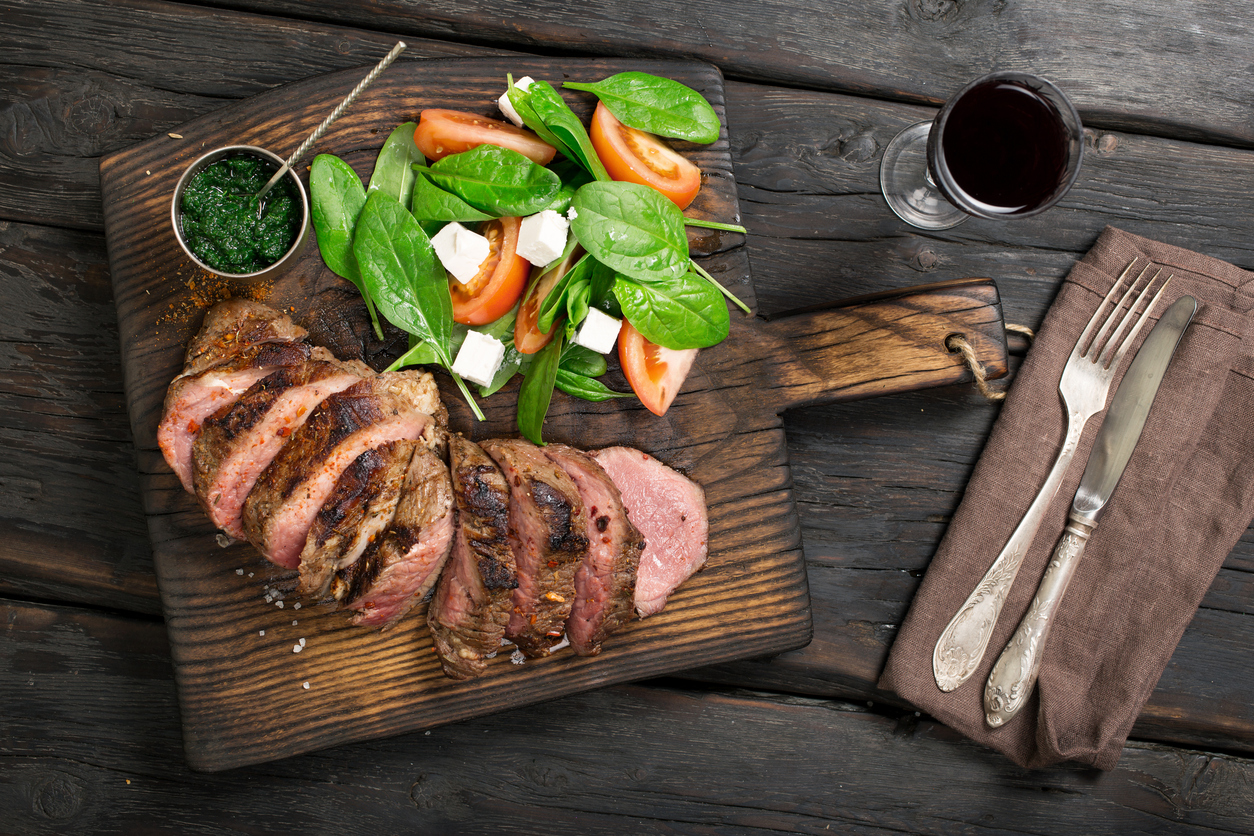Want To Lower Your Blood Pressure? Eat This At Every Meal
For those with high blood pressure, sodium is a serious concern. Studies show that sodium-rich diets can spike blood pressure and many foods that don't even taste all that salty are secretly loaded with salt compounds. But luckily, there are some things that you can do to alter your diet and mitigate your risk. The American Heart Association details these dietary changes on their website, providing specific recommendations and explanations for each.
Many of the advised changes are large ones. Reducing your overall sodium intake, for instance, and loading up on whole grains might not seem difficult, but those dietary alterations can take a lot of time to implement. It takes effort and investment to learn to cook new things, buy new foods, and keep track of foods that could put you at greater risk for hypertension.
There is one thing, though, that you can start doing immediately. Eat potassium with your meals.
It might seem totally random — after all, there are all kinds of vitamins and minerals that you need. Potassium is just one of them. But this nutrient has more to do with your blood pressure than you might think.
According to the American Heart Association, potassium can actually lessen the harmful effects of sodium in your blood. "The more potassium you eat, the more sodium you lose through urine," the AHA explains. "Potassium also helps to ease tension in your blood vessel walls, which helps further lower blood pressure."
So even when you do inevitably eat sodium with your meal, the potassium you eat alongside it can seriously help.
Which foods should you eat with your saltiest meals? Bananas are rich with potassium. Just one medium-sized banana provides 12 percent of your recommended daily intake (RDI) of the nutrient. But you don't have to eat a banana with every meal. That would be, well... bananas.
Many delicious and healthy foods have potassium, so you can (and should) vary which ones you eat. Oranges, sweet potatoes, and dark leafy greens all provide potassium. White beans and lentils are a substantial source, also providing a good amount of soluble fiber. Avocados and yogurt contain potassium, as do beets and some other nutrient-dense vegetables. And if all else fails or you're too full to actually eat anything else after your meal, sip on coconut water. Not only is it one of the most hydrating beverages you can drink, but just one cup contains 13 percent of the RDI.
So if you're worried about hypertension but aren't sure where to start, consider potassium. Then, check out these other dietary changes you can make to lower your blood pressure.

